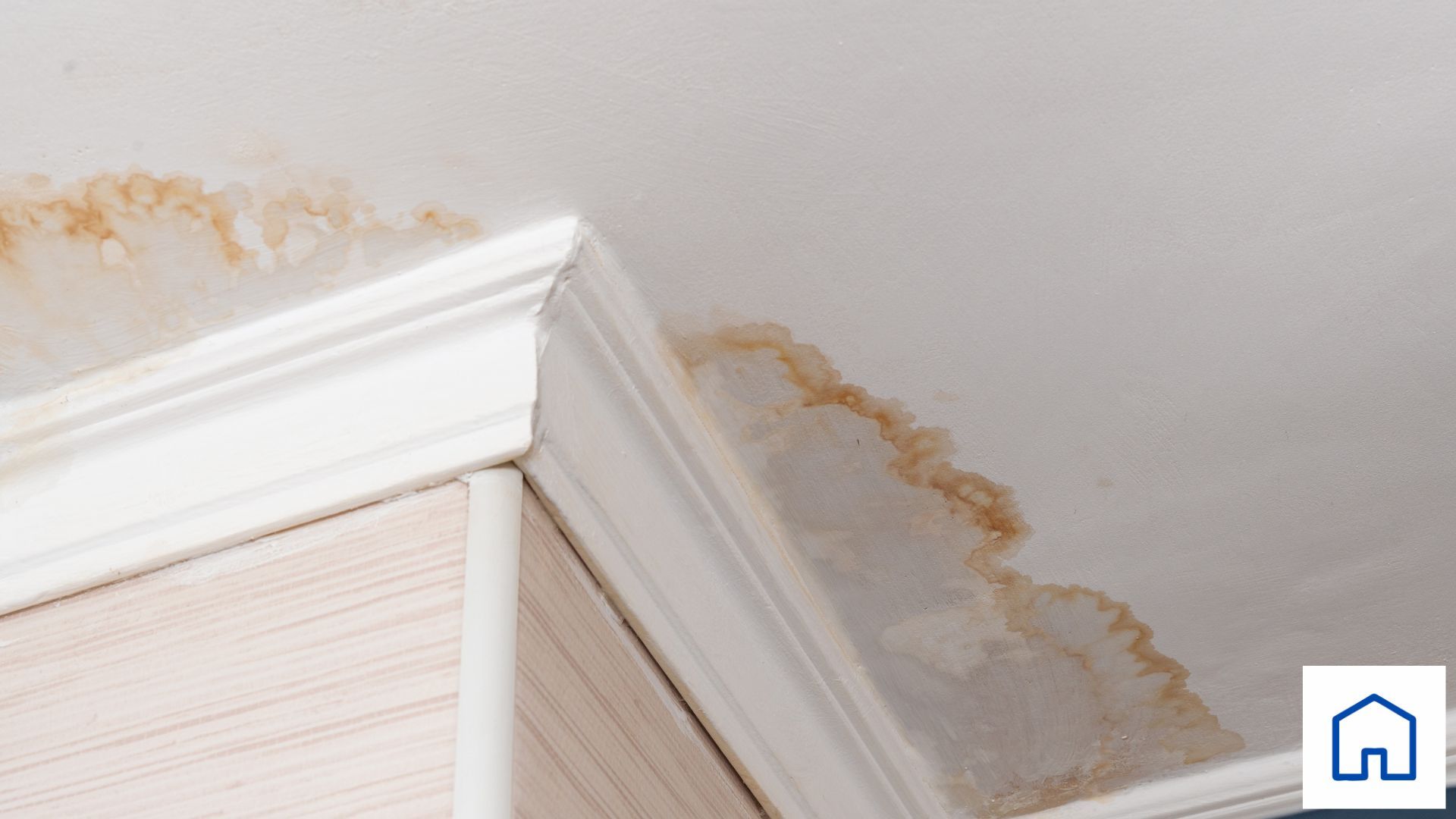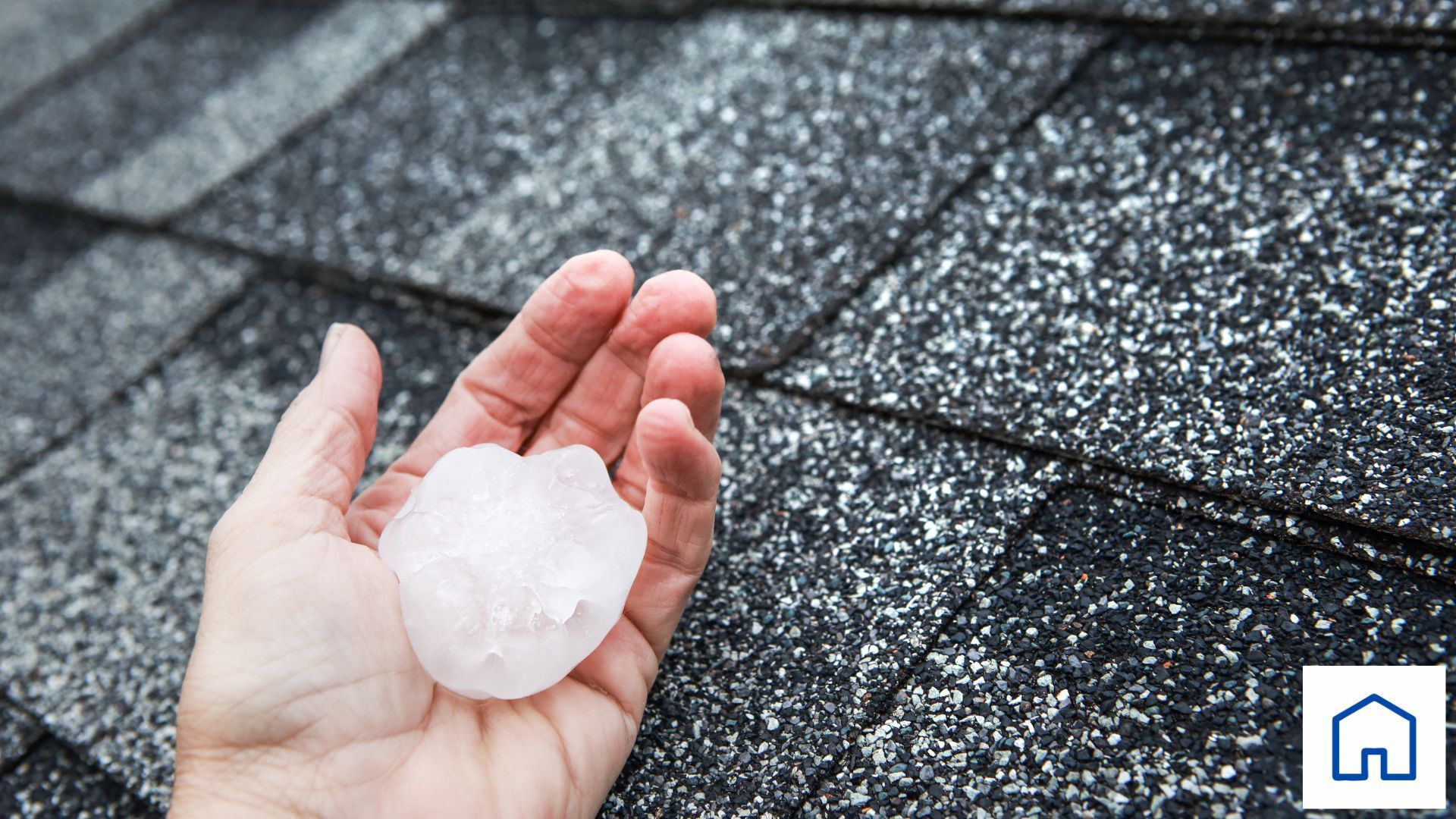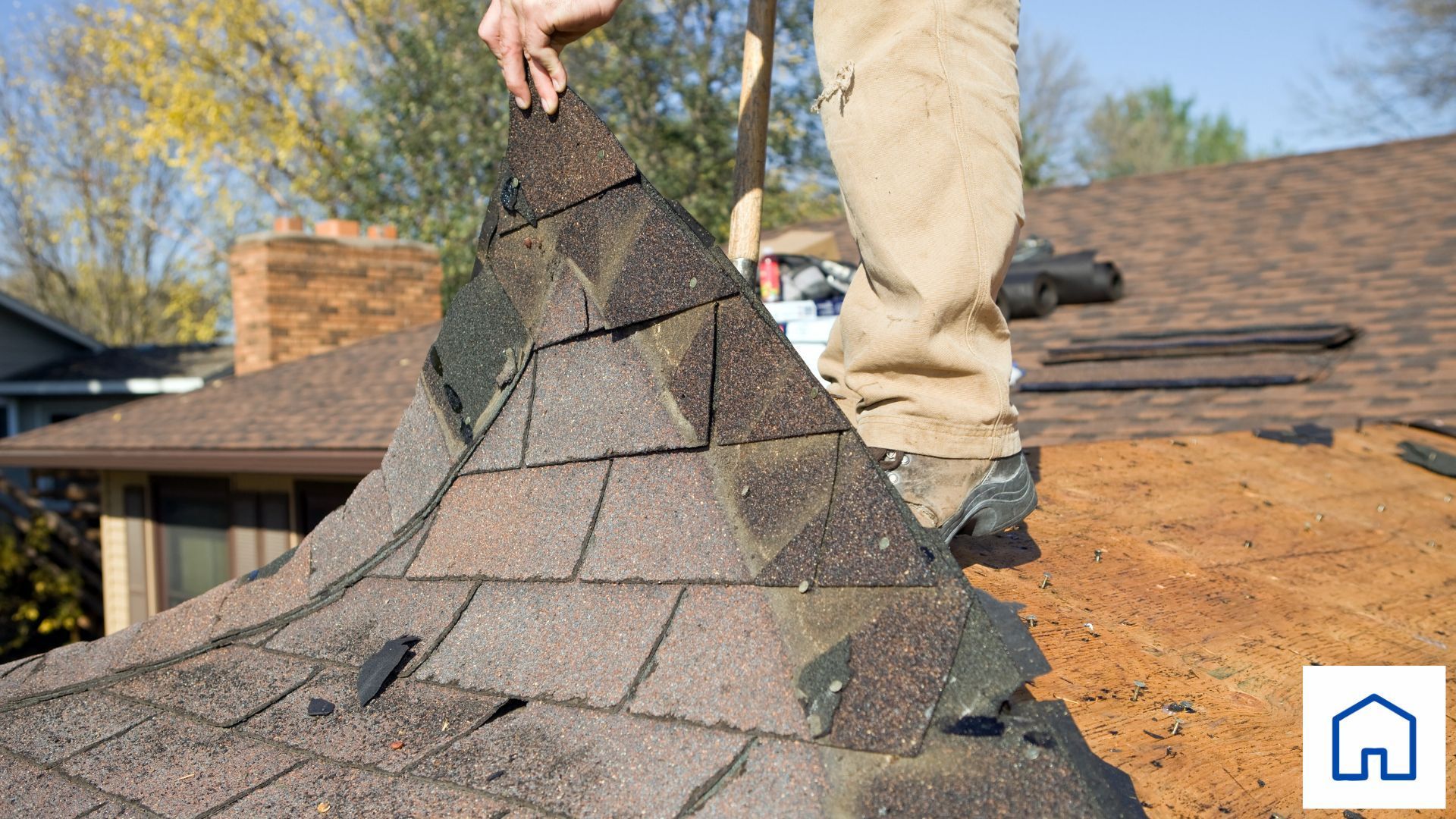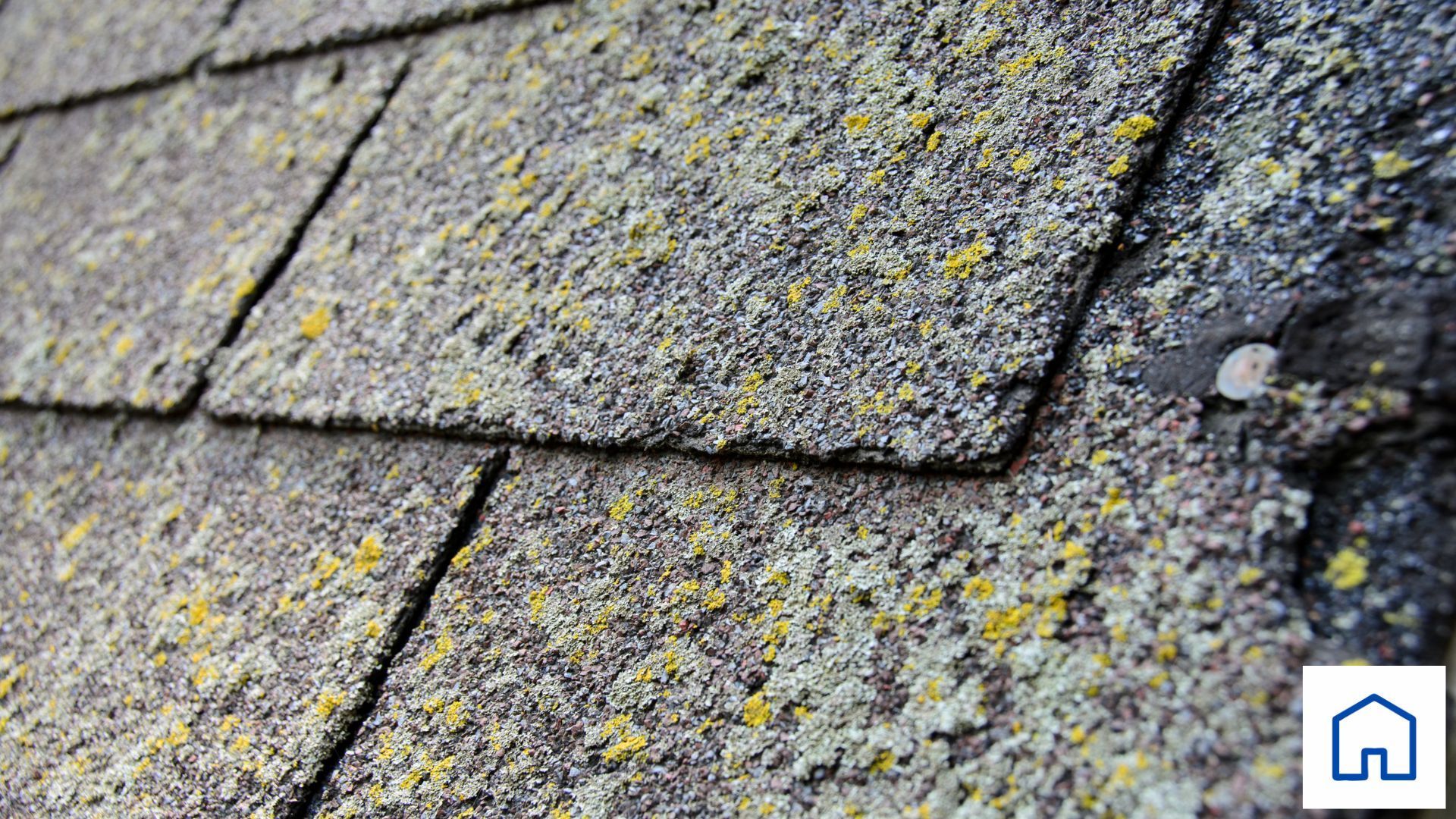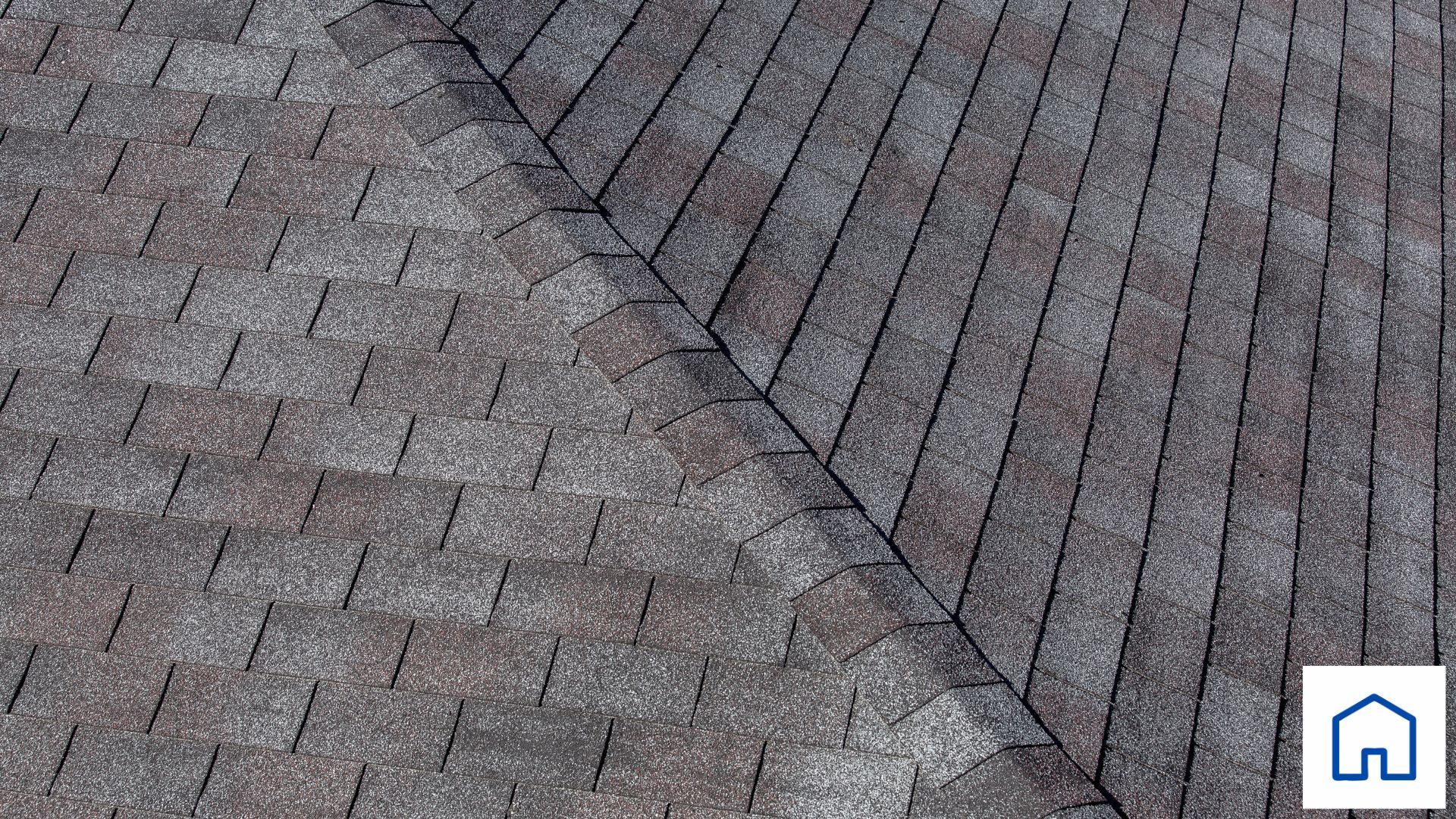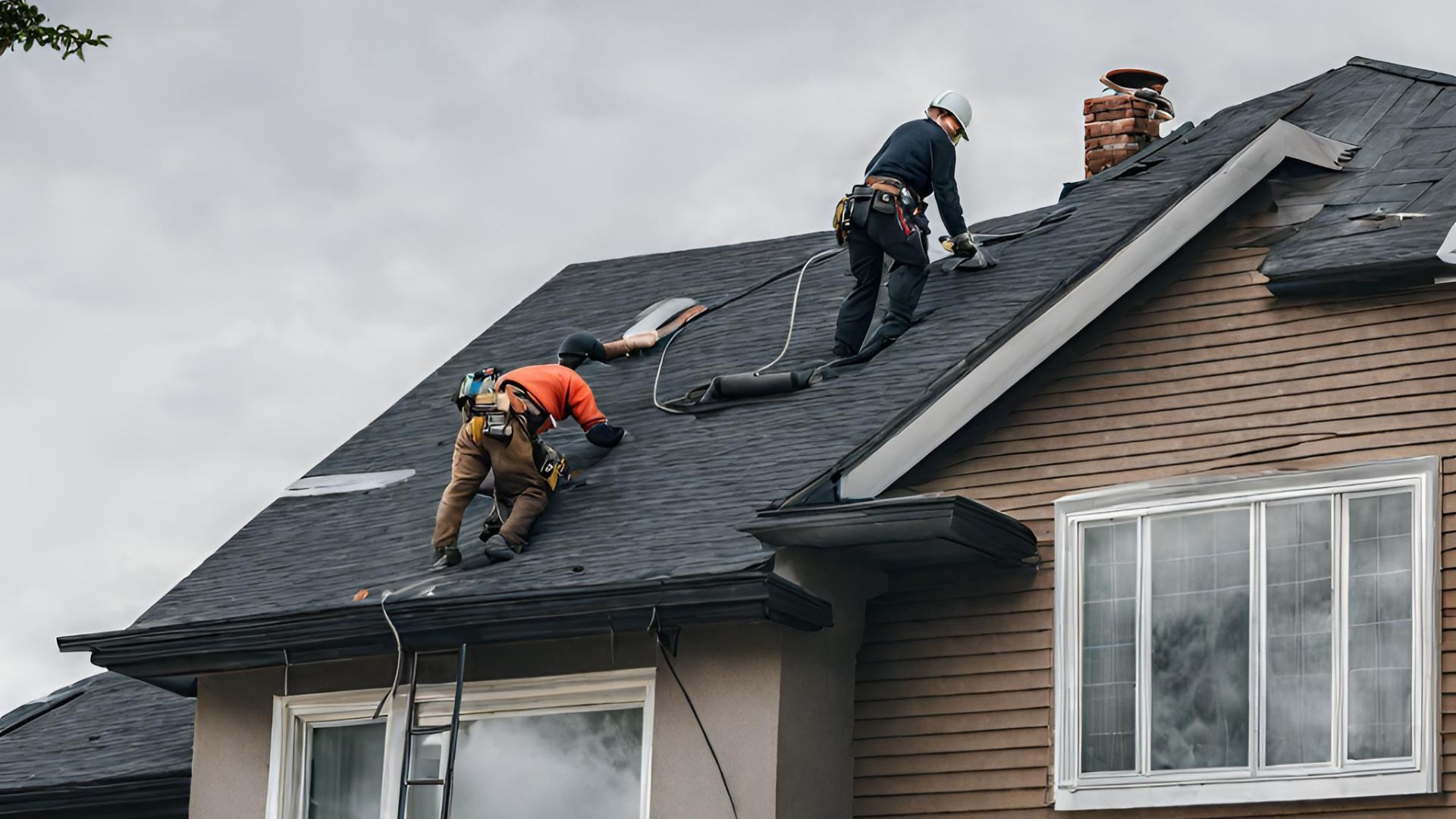What Are the Pros and Cons of Flat Roofs in Residential Properties?
Flat roofs have become increasingly popular in recent years thanks to their sleek appearance and practicality.
If you’re considering having this type of roof, it helps to know the pros and cons of flat roofs. So, let’s take a look at them so you can decide if a flat roof is the right choice.
Pros and Cons of Flat Roofs
Pros
1. Cost-effective
Flat roofs are generally less expensive to install and repair than traditional pitched roofs.
2. Space-efficient
Flat roofs offer more livable space than pitched roofs, making them ideal for commercial properties and residential properties with limited square footage.
3. Easy Access, Convenient Maintenance, and Versatile
Flat roofs are easy to access. Maintaining them, cleaning gutters, and roof assessments are all easier because of their design. Because of the convenient access they offer, they can also accommodate rooftop gardens, solar panels, and HVAC systems.
4. Weather-resistant
If you need a roof that’s sturdy enough to withstand harsh weather conditions, a flat roof is what you’re looking for. Its simple structure makes it resilient against rain damage, snow, heavy wind, and other causes of roof damage.
Cons of Flat Roofs
1. Drainage Issues
Flat roofs have a tendency to collect water which can cause leaks and water damage.
2. Requires Regular Maintenance
You need to inspect it for possible issues every few months or at least three times each year. If you live in a neighborhood with plenty of trees, you need to check it more often since it’s more likely to collect debris.
3. Limited Service Life
Flat roofs typically have shorter lifespans than pitched roofs and may need to be replaced more frequently.
4. Not Suitable for All Climates
Since flat roofs aren’t as efficient with water drainage, they’re better suited to climates with less moisture.
Misconceptions About Flat Roofs
After reading through the pros and cons of flat roofs, you may be having some doubts about them. Let’s get any misconceptions straightened out so you can make a more informed decision.
Misconception #1: Flat roofs are prone to leaks.
With proper installation and maintenance, leaks can be prevented.
Misconception #2: Flat roofs are only suitable for commercial properties.
If you take a look at the number of warehouses, office buildings, and strip malls, you might think that flat roofs are only suitable for commercial use, but you’d be sadly mistaken. Flat roofs are practical choices for homeowners. You can have a custom roof with your chosen material, finish, color, and more.
Misconception #3: Flat roofs are unattractive.
Flat roofs can be just as attractive as pitched roofs, especially when combined with design features that complement your home.
Misconception #4: Flat roofs are not energy-efficient.
Nothing could be further from the truth. In fact, the US Department of Energy states that the coolest roof is one that has the biggest reflective surface area — basically, a flat roof.
Plus, flat roofs aren’t just energy-efficient; they can even support solar panels.
Flat Roof Materials
There are five materials that flat roofs are mostly made from.
1. Built-Up Roofing (BUR)
Built-up roofing consists of multiple layers of felt or fiberglass matting which are then coated in hot tar or asphalt. BUR roofs are durable and can last up to 20 years. They're also cost-effective and provide excellent protection against the elements.
2. Modified Bitumen
Modified bitumen is a type of asphalt that's been modified with rubber or plastic. It's typically installed in two or three layers. Each layer is sealed with heat to create a single, solid membrane. Modified bitumen has a lifespan of up to 20 years. It's also resistant to UV radiation and weather damage.
3. PVC Roofing
PVC roofing or polyvinyl chloride is durable, energy efficient, and low maintenance. PVC roofs are also resistant to fire, chemicals, and UV radiation. They can last for up to 30 years and are available in a wide range of colors and styles.
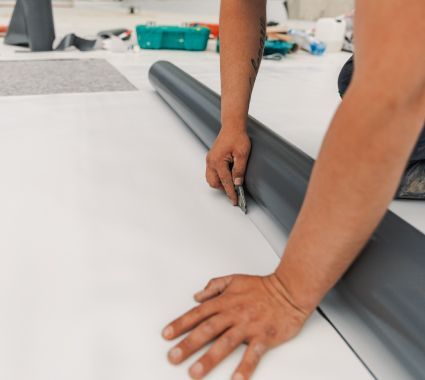
4. TPO Roofing
Thermoplastic olefin or TPO is a type of synthetic rubber. This roof is lightweight and flexible, making it easy to install. It’s also highly reflective which helps reduce energy costs. TPO roofing is highly resistant to weather damage, chemicals, and punctures. It can last for up to 30 years.
5. EPDM Roofing
Ethylene propylene diene monomer or EPDM is a synthetic rubber that’s highly durable and can last for up to 50 years with proper maintenance. It’s also resistant to UV radiation and weather damage.
Need a Professional and Reliable Roof Contractor? Call Best Nest Renovations
Best Nest Renovations is a team of exterior renovation experts. Our wide range of services includes roof replacement and repair. If you need guidance and help with your roofing, call us at 770-830-3982 or send us a message. We provide free estimates and inspections.
